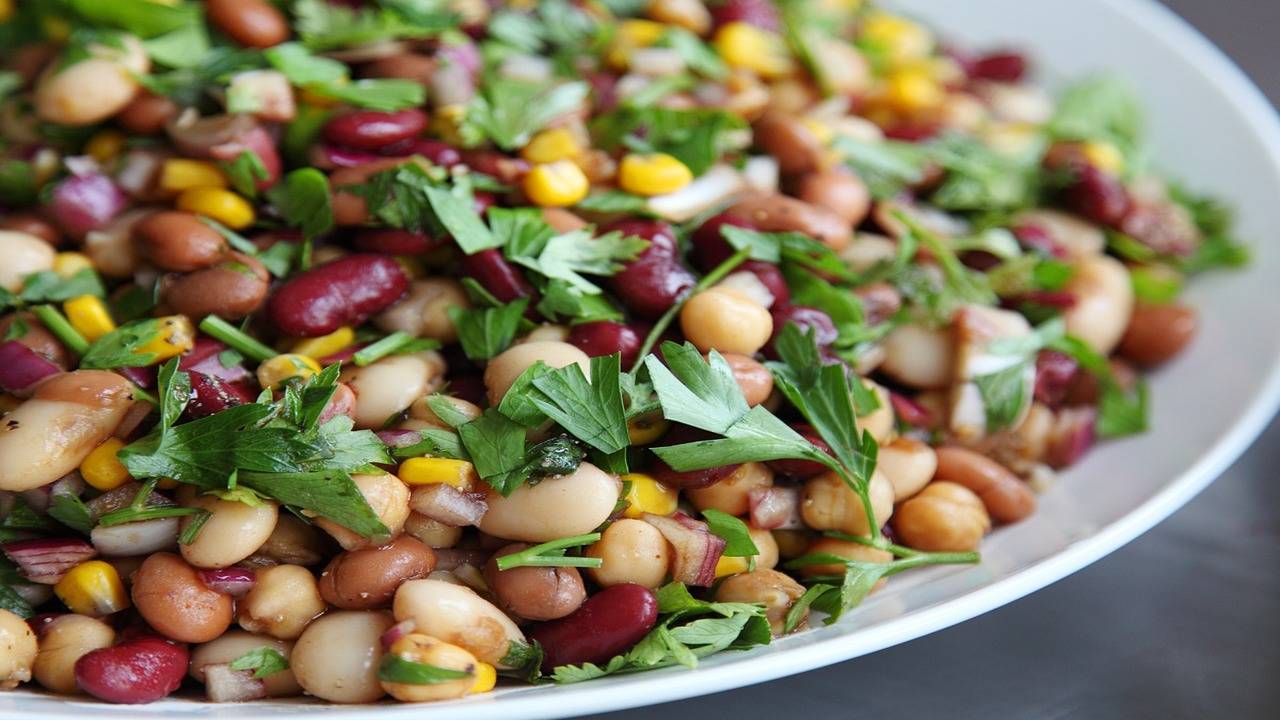
The phrase ‘Cook for Syria’, might ring bells. What began as a supperclub hosted by London-based influencer Clerkenwell Boy turned into a worldwide campaign, with countless bake sales, restaurant events and a cookbook, all raising money for UNICEF’s work helping Syrian refugees. And now, in the wake of the crisis in Lebanon caused by the largest explosion in the country’s history, one woman in Columbia hopes to recreate the same worldwide movement, sharing popular Levantine dishes and raising money for the thousands left homeless.
The Sahtein Beirut Challenge (@sahteinbeirut) is the brainchild of Siriana Janine, who was born in America after her parents fled their homeland of Lebanon when civil war broke out in the 1970s. “We are originally from the Beqaa Valley, an ancient valley that means ‘Land of God’. Like others, I spend most of my summers visiting Lebanon. Every house we’re welcomed into is a home that knew my grandparents in their childhood days. Our heritage, our identity – it all comes from these small pockets of Lebanon.”
Watching the news of the Beirut explosion unfold, of the thousands of people left injured, homeless and grieving the loss of loved ones, Janine sought a way to raise funds to help provide temporary accommodation and medical supplies. And what better way to do it than using a much-loved aspect of Lebanese culture; its cuisine?
“In the past decade, Arab food has captured the heart of the West. Every other restaurant in New York now serves dishes with Arabic names, like hummus, kibbeh, and tabbouleh. We can talk for days about the social factors and political motivations behind this trend – about how our food, with its Arabic names, is being branded as ‘Middle Eastern’ or ‘Mediterranean’, which, while isn’t incorrect, is not entirely true, either – but instead I chose to use this global platform of appreciation for our cuisine as a way to raise awareness of the victims of Lebanon’s explosion.”
So, what is the Sahtein Beirut Challenge? Literally meaning “two healths”, sahtein is the Lebanese equivalent to “bon appetit”. Working with a community of Levantine food writers, chefs and influencers, Janine set up an Instagram page asking others to create their favourite Levantine dish, snap a picture of it and post on Instagram tagging #sahteinbeirutchallenge, donate to one of the listed charities or initiatives, and tag three friends to do the same. The idea is simple, effective and above all, delicious.
Rather than set up her own funding page, Janine has chosen to highlight the work of other NGOs and organisations raising money towards the effort; Donner Sang Compter, Double Your Donation, Impact Lebanon and the Lebanese Red Cross are just a few ways to donate.
“It’s been amazing to see familiar favourites, like hummus and za’atar and mana’eesh, but what’s been really special has been seeing people create the hidden gems of our cuisine,” She says. “One person baked a dessert called a Layali Lubnan meaning ‘Lebanese nights’, a fragrant semolina-based pudding flavoured with rose, orange blossom and pistachios, as a tribute to her Lebanese home. Another shared cheese sambusek, small, handheld pies filled with cheese, alongside a powerful story of her family’s connection to Beirut when they were forced from their home in Haifa.”
For anyone who has enjoyed the soups, salads and dips on display in a traditional mezze, bursting with potential to be scooped and swiped with folds of freshly baked flatbread, now is the time to re-ignite your love affair with Lebanese cuisine.
I myself began with a fattoush salad, owing to the single cucumber on my wilting plant finally reaching a pickable size – next I’ll be trying my hand at plates of kibbeh, slow-cooked shawarma lamb, rings of sesame-crusted bread and bowls of fiery toum, an addictive garlic sauce. Hopefully, many others will do the same.
I ask Janine if she has any favourite recipes or books to recommend to anyone new to Lebanese food. “Absolutely!” she says. “We’ve featured some classic recipes on the Instagram page, and we’re collecting more as we go, but some of my personal favourite are The Palestine Table by Reem Kassis (Phaidon, £24.95), Taste of Beirut by Joumana Accad (Health Communications Inc, £8.49), Palestine on a Plate by Joudie Kalla (White Lion Publishing, £18.99) and Falastin by Sami Tamimi and Tara Wigley (Ebury, £23.99).
The impact of the Beirut explosion was catastrophic. In seconds, 5 per cent of the Lebanese population lost their homes. 85 per cent of Lebanon’s grain stocks were destroyed, and as of August 10, the entire Government has resigned. Janine hopes her campaign will remind people around the world that the country needs our help by placing it squarely in the centre of our dinner tables.






